5. Grand Hotel (1932)
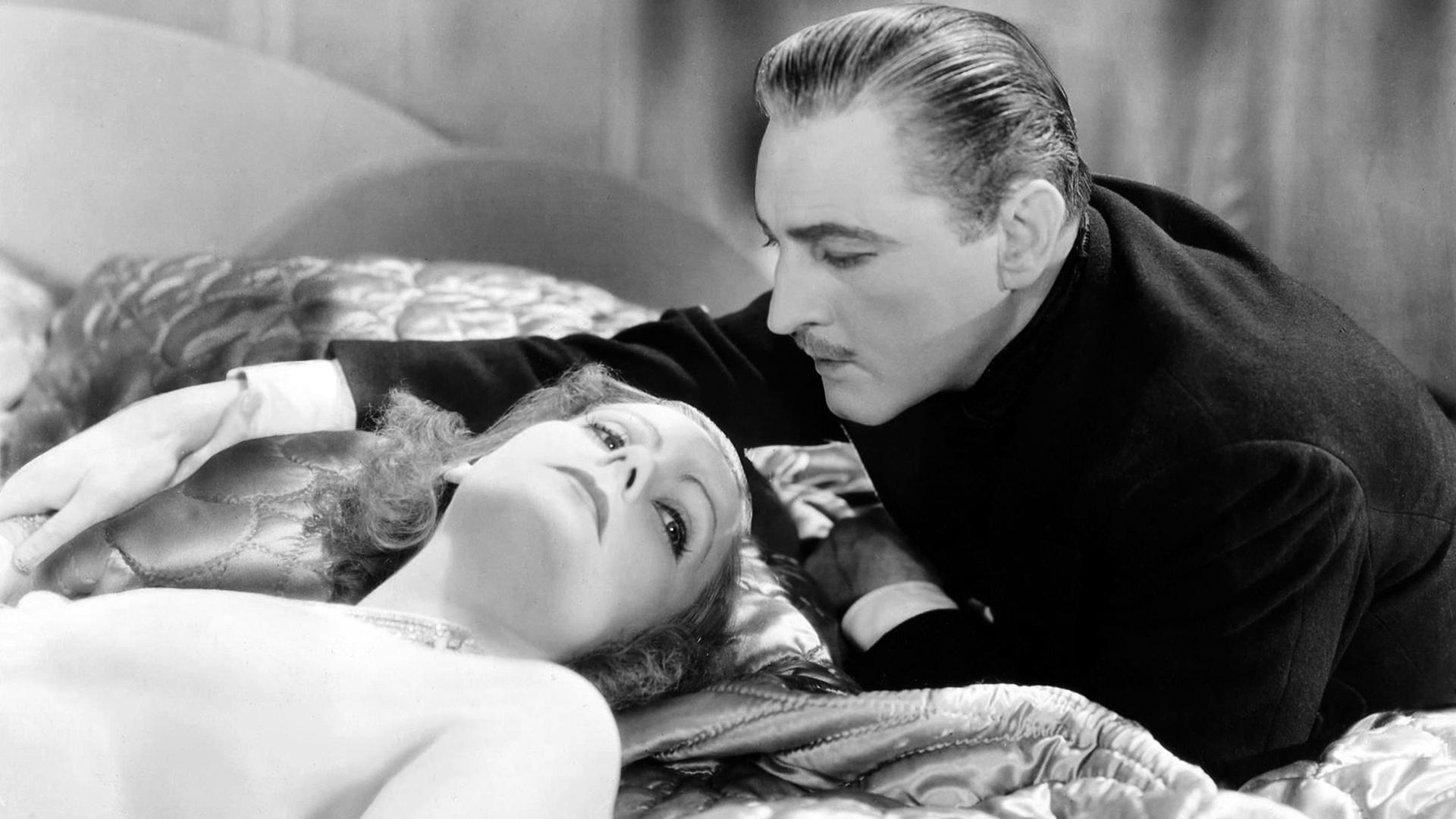
Cast: Greta Garbo, John Barrymore, Joan Crawford, Wallace Beery, Lionel Barrymore, Lewis Stone, Jean Hersholt
One of the few true ensemble films that revolve around hotel guests in Berlin circa 1932. The stories are independent and occasionally cross over, but it showed how Hollywood can produce a picture that had more than one star and could actually work.
In the beginning of the film, a resident of the hotel states “People coming, going. Nothing ever happens,” and that pretty much sets the course of the film. For example, we are entranced at the romance full of lust and despair between Garbo and John Barrymore, which ultimately ends with “I want to be alone,” and “I just want to be alone.”
Maybe director Edmund Goulding and writer William A. Drake were trying to state that it’s okay and even artistic and entertaining to allow several stories to evolve, instead of the traditional protagonist and their goal.
Due to the film’s success, it led to more ensembles such as 1933’s “Dinner at Eight,” demonstrating “Grand Hotel” as the first successful ensemble cast.
4. It’s a Mad, Mad, Mad, Mad World (1963)
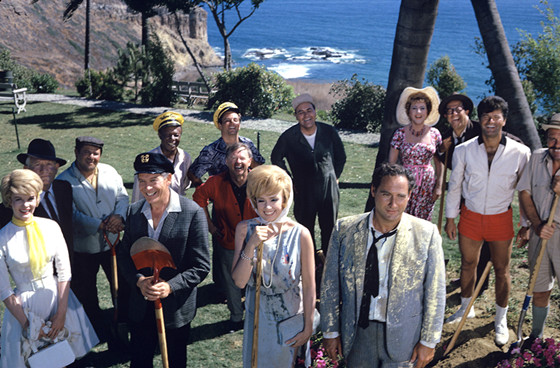
Cast: Spencer Tracy, Edie Adams, Milton Berle, Sid Caesar, Buddy Hackett, Ethel Merman, Dorothy Provine, Mickey Rooney, Dick Shawn, Phil Silvers, Terry-Thomas, Jonathan Winters
A comedy like no other, as we jump from slapstick to farce to physical comedy in the chase of a film across the country. Clocking it at roughly three hours, depending on what cut you’re watching, Stanley Kramer never fails to deliver epic laughs from his huge cast.
The story is fairly simple, as a bunch of different people race to win a cash prize, and since money is involved, it does funny things to the characters. What also makes the film is the amount of dramatic actors, playing the situation completely straight.
And as the story continues, the overlap of actors and the type of comedy they have been enduring starts to come together in this Cinemascope scene. Also, the amount of cameos from Buster Keaton, Jack Benny, Andy Devine, and dozens of others only add to the zanniness and craziness.
Possibly a reaction to the boom of television shows with all its stars and run length, but who can complain about people going nuts, dancing, chasing, and fighting in the desert for money?
3. 12 Angry Men (1957)
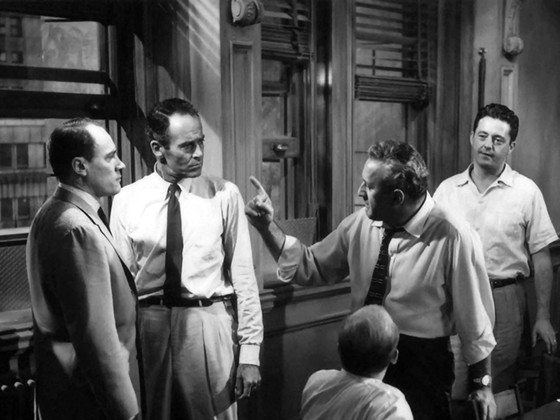
Cast: Henry Fonda, Lee J. Cobb, Martin Balsam, John Fielder, E.G. Marshall, Jack Klugman, Edward Binns, Jack Warden, Joseph Sweeney, Ed Begley, George Voskovec, Robert Webber
A room consisting of 12 men in one film where the air never leaves and it brittles with tension, thanks to a perfectly cast film by Sidney Lumet. Set in real time and based off of Reginald Rose’s play, all the actors literally bring everything to the table.
From the screaming anger of Cobb to the understanding of Fonda, to the assuredness of Marshall to the observance of Sweeney, all forms of man are in this film in the highest space possible.
Therefore, how does a film with a great cast pull this off? Due to the writing and direction of these characters, they are confined to archetypes, not stereotypes in the film. We see how Fonda as Juror Number Eight turns them around. These men might be firm in their appearances, beliefs, and rhetoric, but they are reasonable and can be reached.
All the actors were either established or would go on to greater roles in their career, thanks to this film. But the film itself shows how human beings can change over the course of the afternoon with one great question at hand.
2. Magnolia (1999)
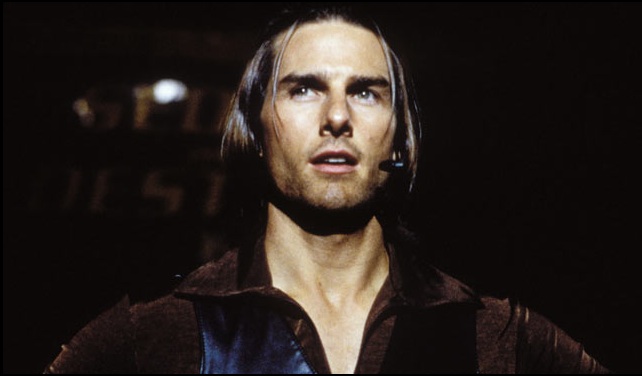
Cast: Tom Cruise, Philip Seymour Hoffman, John C. Reilly, Julianne Moore, Melora Walters, Henry Gibson, Michael Murphy, Jason Robards, William H. Macy, Melinda Dillon, Jeremy Blackman, Michael Bowen
Set over the course of a day in the San Fernando Valley in Los Angeles, Paul Thomas Anderson’s mosaic of parents, love affairs, lonely, desperate damaged people intersect in this film of chance and fate. All the actors here go against what they have previously been cast as over the years.
Cruise as a misogynistic speaker, Moore as guilt-ridden cheating wife, Reilly as a soft-spoken lonely cop, Hall as a cheating possible molester? These are great actors going against their acting personas for the first time.
As the film and day progress, we get all the emotions and feelings of a rainy day where we don’t just feel like ourselves and are experiencing change. Each actor performs their role with such bravado and underlying sincerity that it’s difficult not to be emotionally overloaded at the end.
Anderson’s “Boogie Nights” in 1997 was a surrogate family ensemble and here, it is the opposite. The characters are even more desperate and isolated, yearning to make a connection whether they know it or not.
1. Nashville (1975)
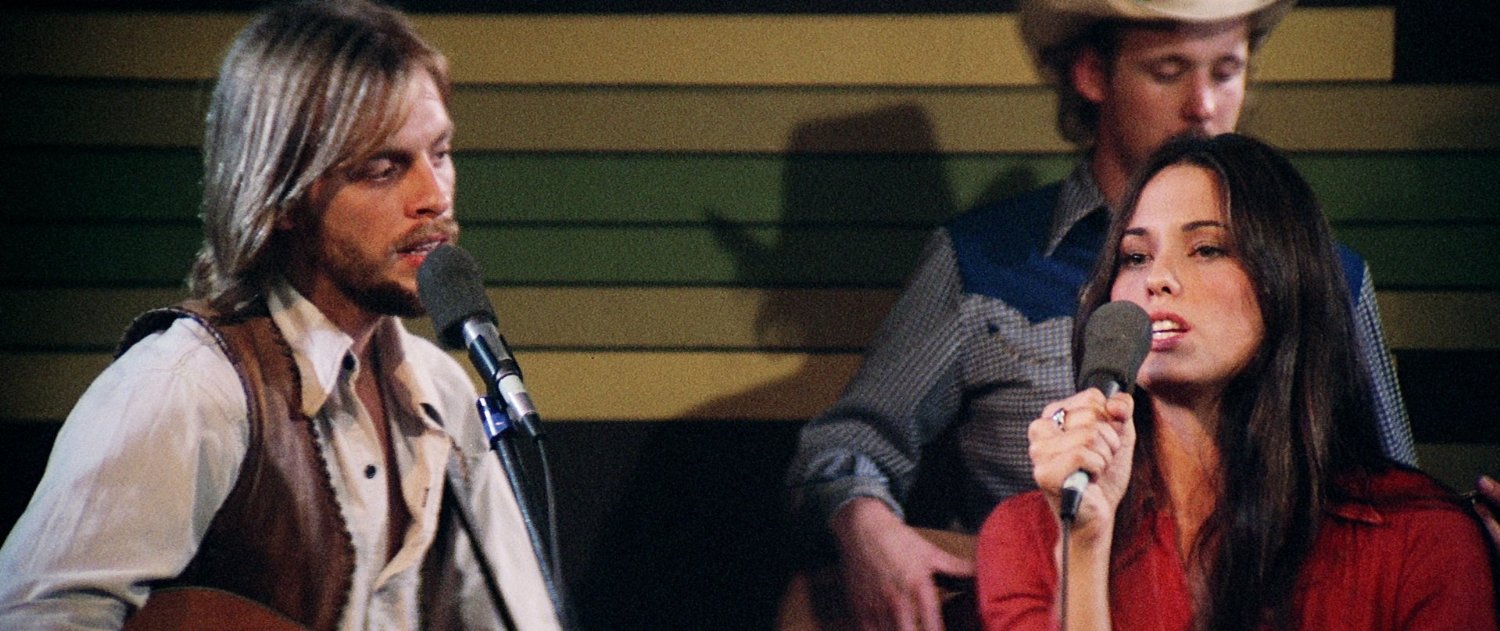
Cast: David Arkin, Barbara Baxley, Ned Beatty, Karen Black, Ronee Blakley, Timothy Brown, Keith Carradine, Geraldine Chaplin, Robert DoQui, Shelley Duvall, Allen Garfield, Henry Gibson, Scott Glenn, Jeff Goldblum, Barbara Harris, David Hayward, Michael Murphy, Allan F. Nicholls, Dave Peel, Cristina Raines, Bert Remsen, Lily Tomlin, Gwen Welles, Keenan Wynn
A film that inspired the previous film on this list and its filmmaker, Robert Altman was the master of ensembles. Any of his films, including “Short Cuts,” “Gosford Park,” “MASH,” “A Wedding,” “The Player” and many more, could be here, but it’s the mosaic containing all sorts of characters in a musical film that captures the human and cinematic spirit the best.
Over the course of five days, the loves, disappointments, embarrassments, euphoria, disillusionment, and unification of 24 major characters overlap and intersect in ways you don’t expect. In some many scenes, all the characters believe they are the center of the story, like everyone truly is in their own lives.
For example, when Carradine sings “I’m Easy” at a bar and four women, the lonely, neglected housewife Tomlin; his current married girlfriend and band member Raines; loopy admirer Duvall; and his fling reporter Chaplin each think it’s about them, as they glance around the room due to Carradine’s stares. So many points of view expressed through one moment and song, which perfectly captures the essence of this film.
Altman knows how to use an ensemble to it fullest, and here he created a masterpiece in film and an ensemble cast.